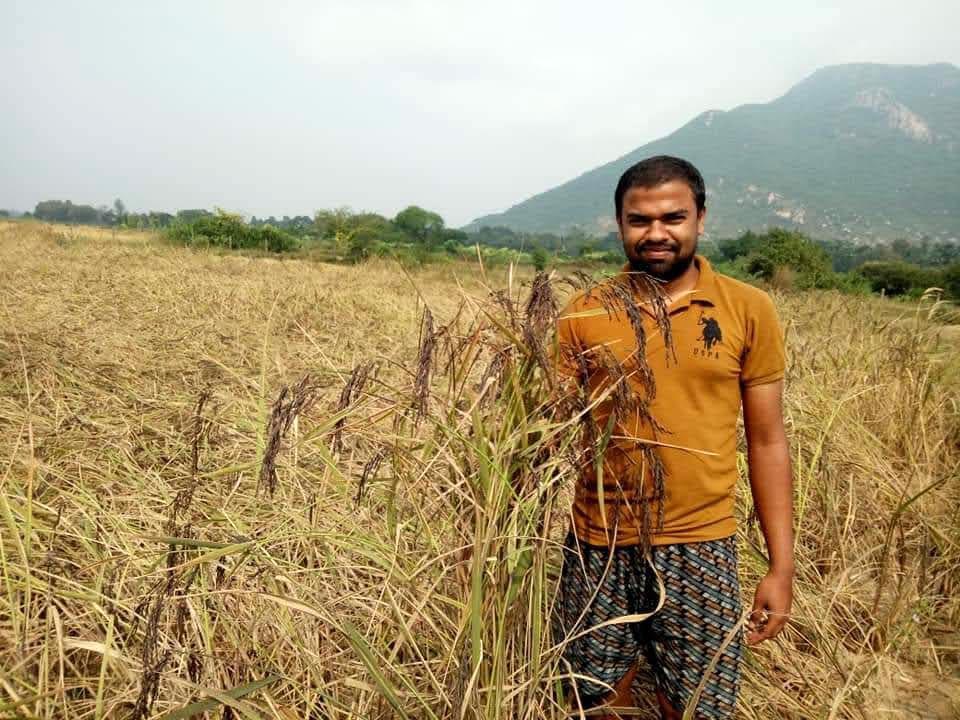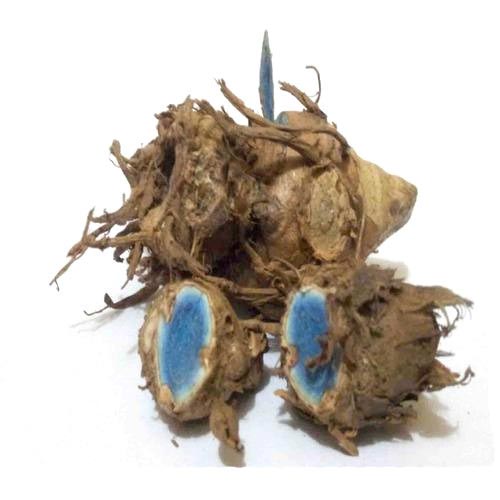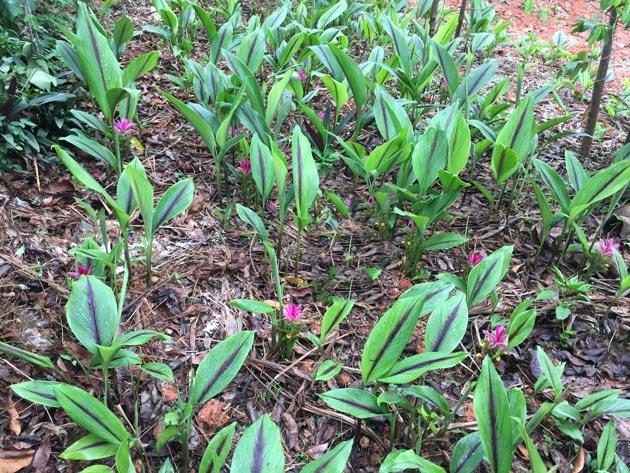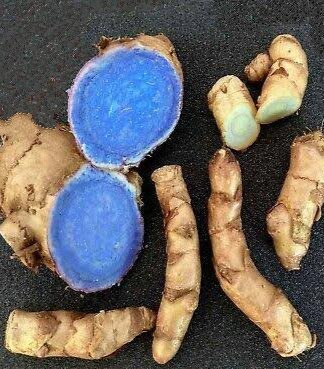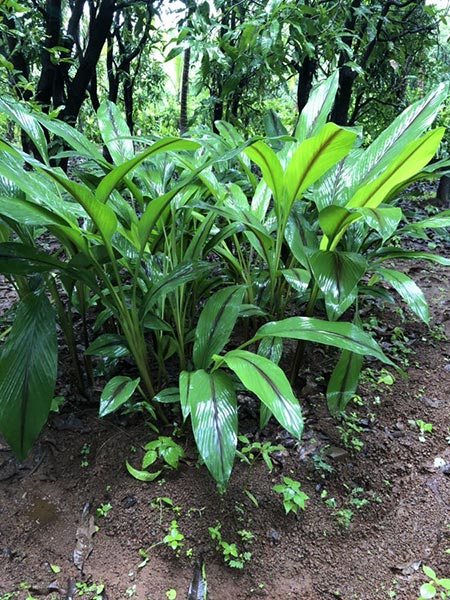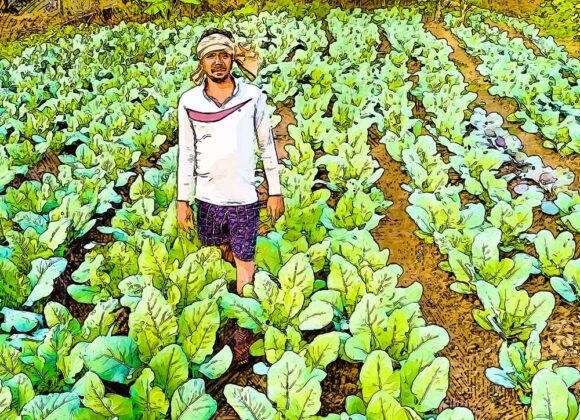A young lecturer of Ghatagharsahi village in Nilgiri NAC, Baleswar district in Odisha, is reviving the forgotten crops and rhizomes that once flourished in the fertile soil of Odisha. The success he achieved by him was commendable. Among all indigenous rice varieties, Black rice has been revitalized from the brink of extinction in Odisha.
Thanks to Soumyakant Pradhan, who undertook deep research to understand the sanative properties and innumerable benefits of the black rice as well as black turmeric to calculate its vitality and hence decided to grow in his farmland.
Being the only son of Ramakant Pradhan and Ahalya, they never preferred to send their son outside for searching job. So, after completing his Diploma in engineering, he joined a job as asst. lecturer in a local engineering college. But, deep inside his mind, he always has a softcore for farming. Gradually, the extra impetus to opt for the organic farm in their farmland has enrooted by his paternal uncle Raghunath and Radhakant Pradhan. Further, under the appropriate guidance of his close comrade Chandrakant Dash, who was a young researcher, he finally decided to grow Kalabati which is experimentally in the first place.
Kalabati is a species of black rice. But the success of Kalabati motivated him to grow Black turmeric.
While carrying out research work on cancer disease, Chandrakant also acquired in-depth information about the medicinal properties of Black Rice and Black turmeric. ‘Black Turmeric’ scientifically nomenclature as Curcuma caesia is a perennial herb with bluish-black rhizome of the family Zingiberaceae. Rhizomes are fleshy underground stems. In West Bengal, the rhizome of the plant is used in Kali Puja, and therefore the plant is called Kali Haldi. In ethnomedicinal practices, the traditional healers use the genus Curcuma for the treatment of various types of diseases.
While Black Turmeric possesses Anti-Cancer Properties, it also has the property of acting against leukoderma, epilepsy, cancer, HIV/AIDS, fungal infection, muscle cramps, asthma, analgesic activity, locomotor depressant, bacterial activity, ulcer problem and many other miscellaneous breakdowns. It is a good antioxidant and has ayurvedic properties used for Curbing Rheumatic Pain and applied against cur or injury to control bleeding and quick healing.
While the rhizome of black turmeric has high economic importance owing to its supposed medicinal properties, black rice is also an attribute of the cultural heritage of Odisha. This dark-coloured rice, a deep purple-black, has alternate names including purple rice, forbidden rice, and emperor’s rice. It has a rich, complex flavour, with a distinct nuttiness and a hint of sweetness from the anthocyanin pigments. These pigments are found in a variety of blue and purple foods that help to protect cells against damage, cancer and diabetes. It acts as a blood purifier and is useful for the eyes and skin by destroying the toxins in the body and increasing body metabolism.

In the current year, He has a yield of 15- 20 quintals of Kalabati rice for which he is searching the market. Though he has got some trade links still that’s not enough. The declining diet pattern, adulterated food and corrupted lifestyle have driven people within the clutches of gruesome diseases. So, there is a stringent need to enhance the correct habit within the population and also a requirement to push people like Soumyakant who are working for a good reason at his ability. As we know action speaks louder than voice. Therefore, imbuing good nutritive food in our diet can be the ultimate nostrum that ensures a healthy life.
Though Soumyakant may be new in this competitive food market, his aspiration for promoting nutritive foods by organic means and the on-field effort to turn his dream into reality is purely laudable.


